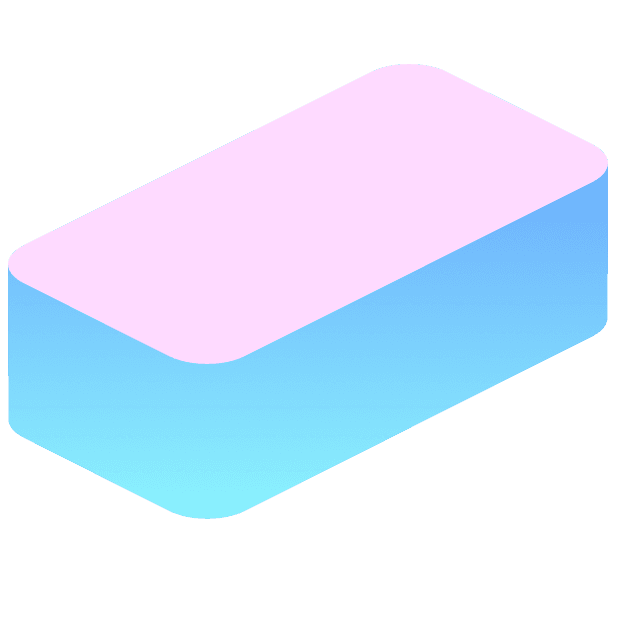Founder Diary
Think big. Or don’t.
Small problems could use some big thinking, too.

Nikita Kazhin
Co-founder at Brick
Hey friend 👋,
I’ll be honest: if I read another “Think big!” tweet, I’ll throw up.
When every platitude-poster and their mother talks about thinking big non-stop, you can’t help but tune out.
So much so that I’ve written multiple times that small problems are worth talking about.
!!!!SCRIPT!!!!!
Not every job is meant to spark a revolution.
Not every entrepreneur wants to start the next Apple.
Not every engineer dreams of building the next Eurotunnel.
Some of us just like... smaller things.
And that's okay.
There's a lot to love in small problems.
— Nikita Kazhin (@nkazhin)April 18, 2023
What’s more, I particularly enjoy simple, minimalistic tools that don’t want to solve every humanity-wide challenges but focus on small problems instead.
Apps like Readwise, my recent favorite AudioPen (record your voice and turn it into text with AI), or your next scooter rental app, all solve small and arguably insignificant challenges.
They are not exactly earth-shattering. Sometimes they just make things slightly more convenient.
Yet people pay real (and often really big) money for very specific solutions (talk about riches in the niches).
But I made a mistake.
I didn’t think big enough.
In my pursuit of solving a small problem (breaking goals down with Brick), I failed to see the forest behind the trees. Here’s what I mean.
The path
You see, I thought we solved a very specific problem for our users at Brick: breaking down goals.
Useful? No doubt. Especially with our AI.
But is this task a mission in and of itself? No fucking way.
It’s just one point in a long journey toward some kind of success that a user takes.
So, if I were to think big for a moment and visualize the complete path from zero to hero, what would it look like?
I think roughly like this:
Find an idea. Most common complaints: “I don’t know what I want/what my niche is. I don’t have a passion”.
Get started and commit. Most common complaint: “I know what I want but I don’t know where to start”.
Keep going and don’t quit right after the rubber meets the road. Most common complaints: “It’s more difficult than I thought”, “What was I thinking?”, “I know nothing”, “I don’t stand a chance against the competition”.
Don’t quit when you make your first mistakes or bump into significant obstacles. Most common complaints: “I’m not cut out for this”, “I’ll never make it”, “I did a ton of work and it’s all for nothing”, or, worse, “The game is rigged”.
Get to the finish line and ship your work. Most common complaints: “It’s not ready yet”, “People will laugh at me”, “I just need to add another feature”.
Sounds familiar?
My mistake was that I thought Step 1 was the path.
I didn’t think hard about Steps 2-4 relative to Brick. And I was almost completely unaware of Step 0.
But as soon as I visualized the path, epiphanies came rushing in (a topic for another time). What Brick can do for our users and how etc etc.
There’s nothing wrong with only solving Step 1, but there’s much potential (and money) in other steps, too. So much more than meets the eye.
My point?
Even if you solve a small problem, it never hurts to think big. Look at the whole picture. Put your small problem in perspective.
Reflection question:
Find the path your user/customer actually travels, its beginning and its destination. Most importantly: where you belong (and want to belong) on that path.
No matter if you’re building your own product, freelancing or you’re an employee. Finding what the big picture of your offering even is can be a tall order, but it’s always worth looking for it. That’s where revelations are.



